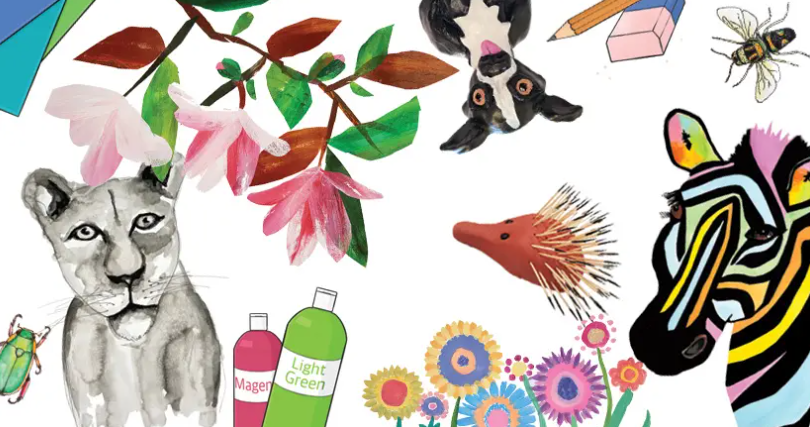In the ever-evolving landscape of education, the role of art lessons for teachers stands out as a cornerstone of professional development and instructional innovation. Far beyond simply honing artistic skills, integrating art into teacher training programs and ongoing professional learning initiatives holds immense potential to empower educators, enrich classroom experiences, and foster holistic student development. In this article, we delve into the transformative power of art education in equipping teachers with the tools and mindset to create dynamic and engaging learning environments.
Cultivating Creativity and Innovation
Art education serves as a catalyst for cultivating creativity and innovation among teachers. By immersing themselves in artistic exploration and expression, educators unlock their creative potential, nurturing a mindset of curiosity, experimentation, and inventive problem-solving. This creative agility enables teachers to develop innovative teaching strategies, design dynamic lesson plans, and adapt instructional approaches to meet the diverse needs of their students. Through art, educators become agents of change, inspiring creativity and fostering a culture of innovation in the classroom and beyond.
Enhancing Pedagogical Practices
Integrating art into teacher training programs enhances pedagogical practices by providing educators with practical tools and strategies to engage students effectively. Through hands-on experiences with various art mediums and techniques, teachers gain insights into multisensory learning, differentiated instruction, and student-centered approaches. This experiential learning not only deepens teachers’ understanding of effective teaching methodologies but also equips them with the confidence and skills to create inclusive and engaging learning environments where every student can thrive.
Promoting Social and Emotional Learning (SEL)
Art education plays a pivotal role in promoting social and emotional learning (SEL) among teachers, equipping them with the knowledge and skills to support students’ holistic development. Through artistic expression, educators cultivate self-awareness, empathy, and emotional regulation, essential components of effective teaching and classroom management. This SEL competency enables teachers to create safe and supportive learning environments where students feel valued, respected, and empowered to express themselves authentically. By integrating SEL principles into their teaching practice, educators foster positive relationships, nurture resilience, and empower students to navigate life’s challenges with confidence and compassion.
Fostering Cultural Competence and Global Awareness
Art education fosters cultural competence and global awareness among teachers, preparing them to navigate diverse cultural landscapes and engage with students from varying backgrounds. Through exposure to diverse artistic traditions, aesthetics, and perspectives, educators develop a deeper appreciation for cultural diversity and a broader understanding of the interconnectedness of global issues. This cultural competence enables teachers to create inclusive and culturally responsive learning experiences that honor students’ identities, experiences, and perspectives. By leveraging art as a tool for cross-cultural understanding and dialogue, educators foster empathy, dismantle stereotypes, and promote social justice in the classroom and beyond.
Strengthening Community and Collaboration
Art education strengthens community and collaboration among teachers, creating opportunities for networking, mentorship, and shared learning experiences. Whether through collaborative art projects, professional development workshops, or interdisciplinary collaborations, educators build supportive relationships that foster growth and innovation. This sense of community enables teachers to draw upon the collective wisdom and expertise of their peers, inspiring collaboration, creativity, and continuous improvement in their teaching practice. By embracing the power of community and collaboration, educators create vibrant and dynamic learning communities where everyone thrives.
Conclusion
In conclusion, art lesson for teachers represent a transformative approach to professional development that empowers educators to create engaging, inclusive, and culturally responsive learning environments. By cultivating creativity, enhancing pedagogical practices, promoting social and emotional learning, fostering cultural competence, and strengthening community collaboration, art education equips teachers with the tools and mindset to inspire, empower, and uplift students to reach their full potential. As we continue to navigate the complexities of education in the 21st century, the integration of art into teacher training and professional learning initiatives holds immense promise for shaping the future of teaching and learning.




